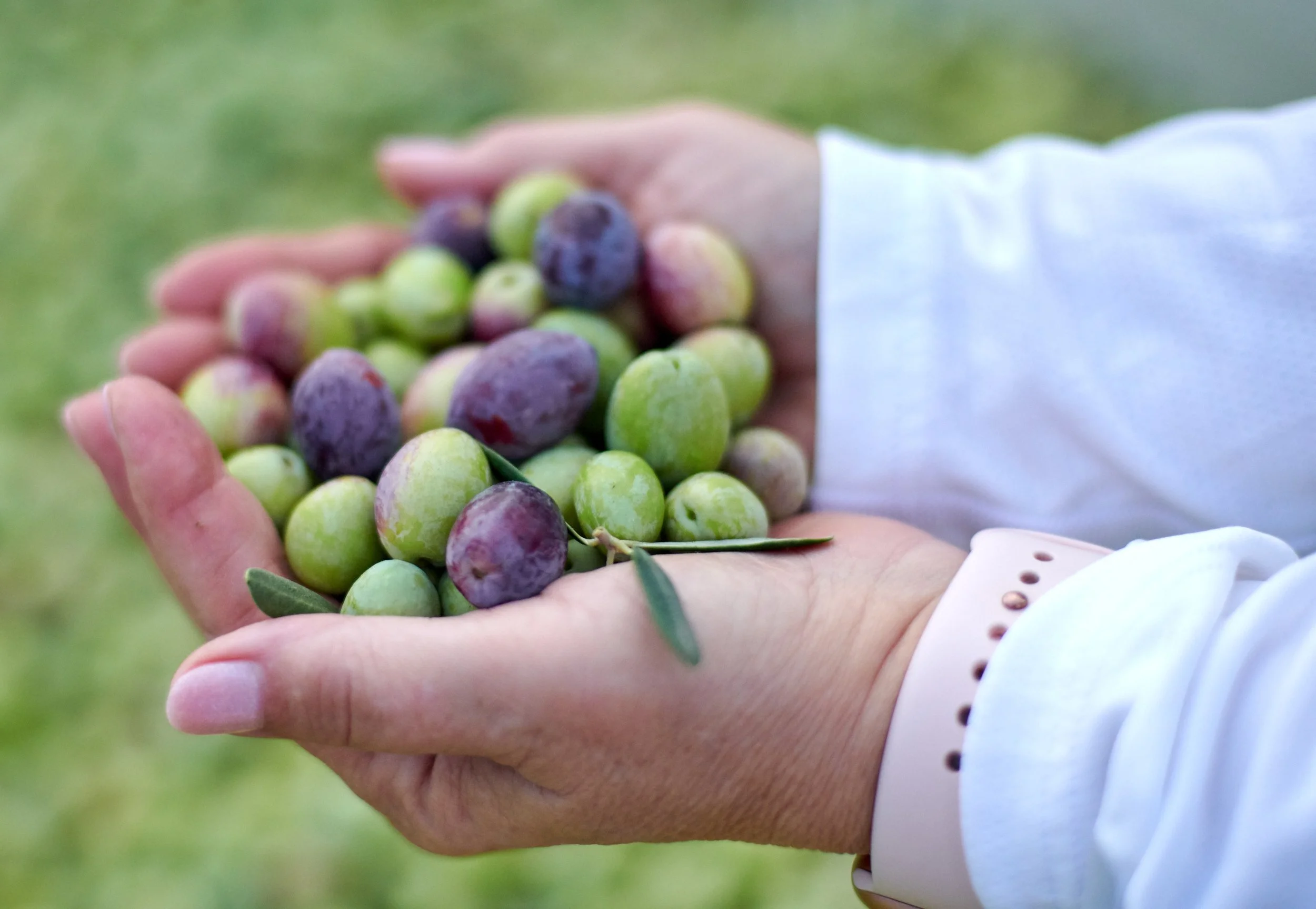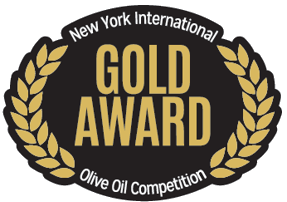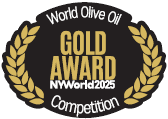Karen and Malcolm Bond are so passionate about Italian olive oil that they spent nearly a decade realizing their dream of producing a Sicilian-style olive oil in California.
The couple are the founders and owners of Bondolio, and they produce their certified organic extra virgin olive oil with traditional farming techniques and a dedication to quality over quantity.
olives photo courtesy Bondolio
FROM ALMONDS TO OLIVES
The Bonds’ journey began when they purchased a 10-acre almond orchard in Winters, California in 1986. They soon discovered that small-scale almond farming was unsustainable. “After spending thousands of dollars to grow the almonds and harvest them, we were lucky if we could get a check from Blue Diamond for $200 a year,” says Karen Bond. “It was a big money loser, so we pulled the almonds.”
Inspiration for their next step struck during a trip to Italy for the turn of the millennium. “We stayed in a villa east of Naples, and the owner of the villa asked if we would like to taste her fresh olive oil that had just been harvested,” recalls Bond. “She toasted some bread and poured this green liquid over it. I tasted it, and I said, this is what we’re going to do on our farm. We’re going to make olive oil.”
BRINGING TREES TO AMERICA
The Bonds spent the next couple of years researching olive varieties, blind-tasting various Italian olive oils to figure out which flavor profile Karen preferred. “My husband kept an Excel spreadsheet, but it wasn’t too difficult because I always picked the same olives every time. It was 3 olives: nocellara, biancolilla, and cerasuola,” she says.
But when the Bonds tried sourcing those specific varieties, they learned that the trees weren’t available in California and would need to be imported from Italy. There are strict customs regulations that prohibit the importation of soil, so the tree seedlings would have to be grown hydroponically.
“We paid for the trees and they arrived, and the Department of Agriculture called us and said come down to the San Francisco Airport, we have a problem,” she says. “We go, and my husband goes in through a series of clean rooms. They opened a box and pulled out the baby trees—they had soil on the roots. So they opened up an incinerator and threw them in there and burned them. That was heartbreaking.”
The Bonds were determined to persevere, so they eventually found another grower and purchased more trees. That shipment cleared customs, and their family and friends helped them plant 1,250 tiny trees in 2-inch pots on Christmas Day of 2006.
“We had to put them in a greenhouse because they had to be quarantined,” says Bond. “Both the feds and the state of California would show up once in a while, pull up a tree by its roots, take it, and we’d never hear anything back.”
“As they grew, we had to replant them in 5-gallon pots. Eventually, after 2 and a half years, they said they were released—they were disease-free and we could plant the trees in the ground.”
THE FIRST HARVEST

workers harvesting olives photo courtesy Bondolio
The Bonds’ initial harvest was in 2010 (a decade after Karen’s life-changing taste of fresh Italian olive oil) with their first commercial harvest the subsequent year.
The northern California climate, with its hot summer days, cool evenings, and mild winters, is nearly identical to the olive trees’ native Sicilian climate. However, the soil is dramatically different. “They have a rocky volcanic soil, and we have a Class 1 soil—where we live, it’s some of the most fertile land in the U.S.,” says Bond. “It’s extremely rich soil, but it doesn’t seem to have a difference in the flavor of the oil. Our trees just seem to grow faster, and [so we have to] heavily prune every single year.”
In addition to keeping growth in check, Bond explains that the heavily pruned trees produce higher-quality olives. “Balling out” the centers of the trees (pruning branches from the middle) leads to better airflow and less moisture, which discourages fruit flies. “Italians like to say that a bird should be able to fly though the tree,” she says. The olive trees are also planted 25 feet apart from each other to minimize fruit flies. “A good taster can taste [fruit flies] in the oil […] We don’t want that in our orchard.”
The olives typically ripen by the first week of November and are hand-harvested by a team of about 60 pickers. “When you shake or you machine harvest, you tend to bruise the olive,” says Bond. “You know how if you squeeze a banana or drop an apple it begins to bruise? That will affect your flavor.”
ON SITE MILLING

Karen Bond Harvest 2021 photo courtesy Bondolio
The olives are milled within 90 minutes of picking at the farm’s on-site mill. “A lot of people who don’t have their own mill have to pick everything and then drive it to a mill, and sometimes they wait one or two days [until milling],” says Bond. “It’s fruit, and so it begins to oxidize, and that reduces the quality of the oil. The quicker you get it to the mill, the better your olive oil.”
In order to be considered extra-virgin, the olive oil must be extracted at temperatures under 27°C (80.6°F). However, Bond prefers to mill at a lower temperature, around 70-75°F, because she finds it yields a better olive oil. “If you have your own mill, you can control everything,” she says. “We’re looking for quality and not quantity.”
THE OILS

Bondolio oils
Bondolio’s estate blend extra virgin olive oil is made with the combination of nocellara, biancolilla, and cerasuola olives Bond fell in love with in Italy, which she describes as “your typical family blend in Sicily.”
“I wanted a well-balanced oil, and the biancolilla—when you first taste our oil, it has a buttery feel to it—that gives its butteriness. Nocellara gives grassiness and pungency, that peppery back end finish. And then the cerasuola gives it a little bit of bitterness, because a good olive oil is fruity, it has pungency, and a little bit of bitterness,” she says.
She notes that the estate blend is quite versatile, earning compliments from the chef at San Francisco’s acclaimed Zuni Café. “[He said] it can be used from salads to fish, dipping and for desserts. They actually made a chocolate sorbet and poured our olive oil on top with a little bit of sea salt—it was to die for!”
In addition to their estate blend, Bondolio produces a mandarin orange olive oil made by co-milling pendolino olives and fresh, whole mandarin oranges. “Olives are self-pollinating, but [the University of Florence] told us that if we planted pendolino—that’s a pollinating tree—we’d have a higher production,” Bond says. The pendolino olives are picked and milled on the final day of the harvest, and the single batch of mandarin orange oil sells out every year. Bond recommends drizzling it on halibut or using it in an olive oil cake.

Malcolm Bond making woodfired pizza photo courtesy Bondolio
“I think that olive oil in California is like wine was in the 70s—it’s growing tourism,” says Bond. Bondolio offers tours of the farm and mill, including an olive oil tasting, by appointment. The farm also hosts an annual Olio Nuovo event on the second Sunday in December to celebrate the harvest, taste freshly-milled oil, and enjoy wood-fired pizza.
“I think that people should visit different olive oil farms and taste the difference, and get to know different olive oils,” she continues. “I think people don’t understand that there are so many different varieties of olives—it’s just like wine, you pair [different] olive oil with different foods.”
ABOUT THE AUTHOR
STACY BROOKS
Stacy Brooks is a Minneapolis-based freelance journalist specializing in food and travel. Her writing has been published in Cheese Connoisseur, Wine Enthusiast, and Hemispheres



